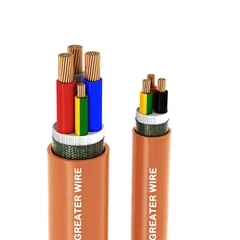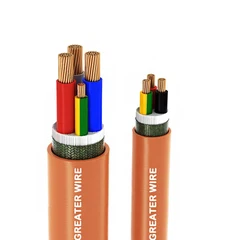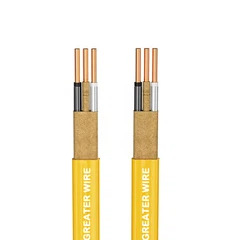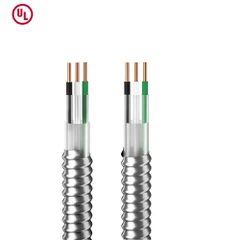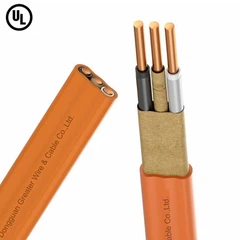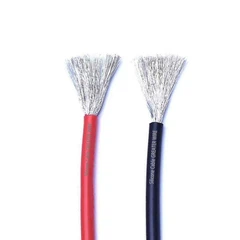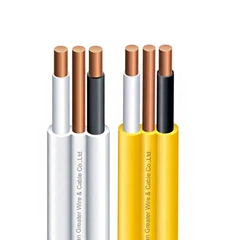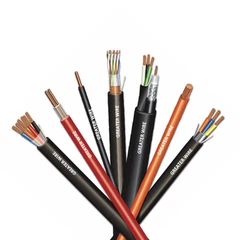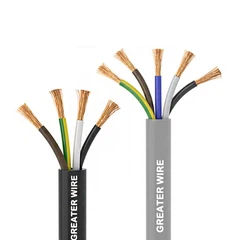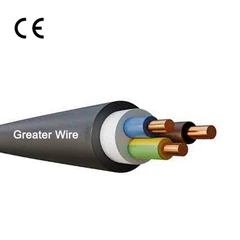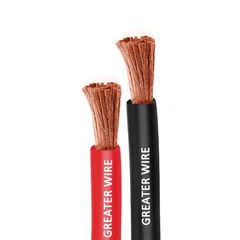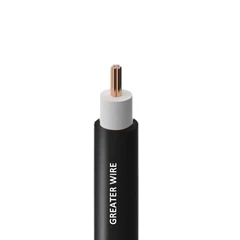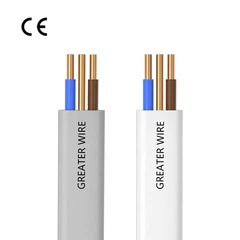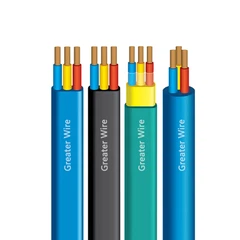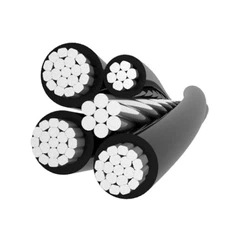1. What is SIS Switchboard Wire?
SIS switchboard wire is a specialized type of electrical wire designed primarily for use inside switchboards, control panels, and industrial electrical equipment. The key feature that sets SIS wire apart is its robust SIS wire insulation, engineered to withstand higher temperatures, mechanical wear, and chemical exposure typically found in industrial environments.
SIS wire insulation often uses advanced materials like cross-linked polyethylene (XLPE) or other heat-resistant polymers.
This insulation allows the wire to endure continuous operation at elevated temperatures, often rated up to 90°C or more.
SIS wires comply with stringent standards tailored for switchboard wiring, making them ideal for complex electrical systems requiring durability and safety.

2. What is THHN Wire?
THHN (Thermoplastic High Heat-resistant Nylon-coated) wire is a popular electrical wire type widely used in residential and commercial wiring. It features a thermoplastic insulation with a nylon outer jacket, offering moderate heat resistance and mechanical protection.
THHN wire is commonly rated for temperatures up to 75°C in wet locations and 90°C in dry locations.
It is flexible and relatively inexpensive, making it a versatile option for general wiring purposes.
However, THHN is typically not designed for the harsher conditions inside switchboards where mechanical abrasion and higher temperatures are more common.

3. Key Differences Between SIS Switchboard Wire and THHN Wire
When comparing SIS switchboard wire to THHN wire, several technical and application differences emerge:
Insulation Quality: The SIS wire insulation is thicker, more heat-resistant, and mechanically robust than that of THHN. This provides better protection inside switchboards where wires may rub against metal edges or experience vibration.
Temperature Rating: SIS wire often supports continuous operation at higher temperatures, which is critical for switchboard environments with concentrated electrical loads.
Mechanical Durability: SIS wires are built to withstand abrasion, impact, and chemical exposure better than THHN wires, reducing the risk of insulation failure and short circuits.
Compliance and Safety: SIS wires meet specific industrial standards tailored for switchboard installations, enhancing electrical safety and reliability.

4. Why Choose SIS Switchboard Wire Over THHN?
There are compelling reasons to select SIS type wire instead of THHN, especially in industrial and high-demand electrical systems:
Enhanced Heat Resistance: The superior SIS wire insulation allows SIS wire to perform reliably in high-temperature switchboard environments without degrading.
Mechanical Protection: SIS wires are designed to resist wear and tear inside enclosed electrical panels where movement and vibration are common.
Improved Safety: With compliance to rigorous industrial standards, using SIS wire reduces fire hazards and electrical faults in critical systems.
Longevity: The durability of SIS wire means less frequent replacements and maintenance, saving costs over the system's lifecycle.
Optimized for Switchboards: Unlike THHN, SIS wire is specifically engineered for switchboard and control panel wiring, ensuring better compatibility and performance.

5. When THHN Wire Might Still Be the Right Choice
Despite the advantages of SIS switchboard wire, THHN wire remains suitable in certain scenarios:
Budget Constraints: THHN is generally more affordable and widely available, making it a practical choice for less demanding applications.
Less Harsh Environments: For residential or light commercial wiring without high temperatures or mechanical stress, THHN is adequate.
Ease of Installation: THHN wires are more flexible and easier to route through conduits, speeding up installation in many cases.

6. Installation and Handling Considerations for SIS Switchboard Wire
Proper installation of SIS switchboard wire is essential to maximize its benefits:
Ensure the wire insulation remains intact-avoid sharp bends or abrasive contact that could damage the SIS wire insulation.
Use suitable connectors and terminals compatible with SIS wires to maintain electrical continuity and safety.
Follow manufacturer and regulatory guidelines for routing and securing SIS wire inside switchboards to prevent mechanical strain.
Regular inspection and maintenance help detect early signs of wear, ensuring ongoing system reliability.

Dongguan Greater Wire & Cable Co., Ltd. products are used in a wide range of applications, from infrastructure engineering to high-end medical and aviation technology. We offer a variety of cable options - cross-linked cables, PVC cables, rubber cables, and silicone cables to meet your dual requirements for stability and safety. We provide a fast communication channel to ensure that you get the information and advice you need in the first place. Please contact us immediately. Greater is willing to work with you to build an efficient power system.

